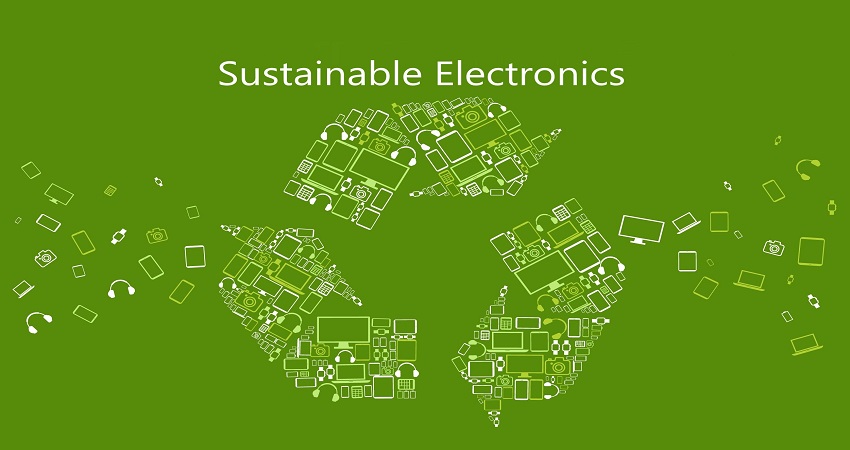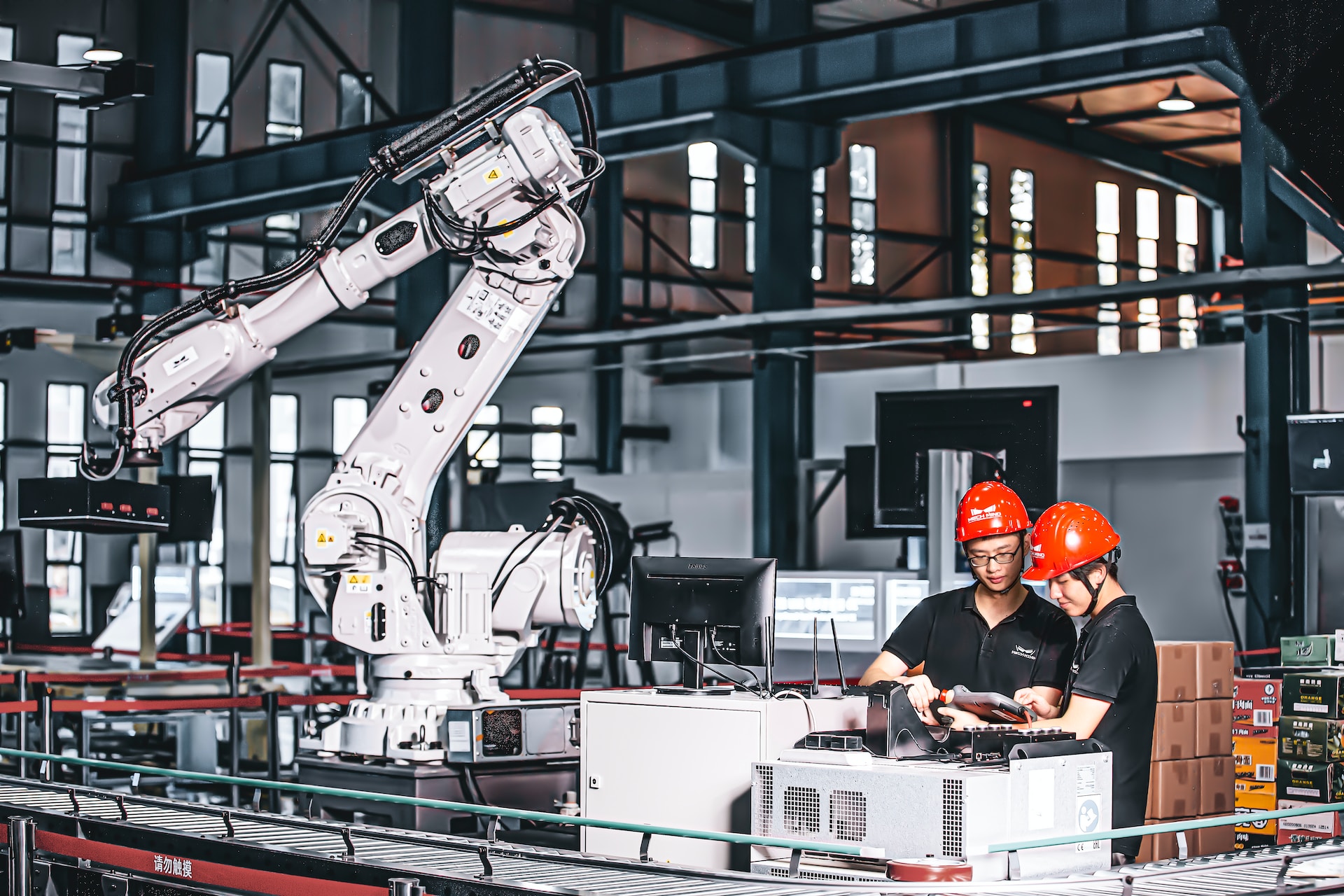
Technology makes our lives easier. But our sometimes obsessive need for the newest and latest electronics ends up wreaking havoc on the planet. Just think about all of the energy consumption, carbon emissions, etc. For that reason, many lead tech brands are trying to find eco-friendly solutions to tackle climate change and make choices that have a positive impact on the global ecosystem. But we, average consumers, can also make certain adjustments in our everyday lives, striving to make more sustainable choices, like buying refurbished or secondhand gadgets, for example.
But are there eco-friendly electronics we can switch to next time we upgrade? Well, let’s find out.
Acer Vero Eco-Friendly Products
Acer has seen a 60% success rate in reducing its carbon emissions globally. And as a member of the RE100 global initiative, the brand is committed to using 100% renewable energy by 2035.
Acer offers a number of eco-friendly electronics and accessories, including but not limited to laptops and PC desktops, mouse and mousepads, carrying sleeves, etc. And its Vero line is actual proof of that. Vero devices are also shipped in 100% recyclable packaging made from recycled plastics.
Take a look at the Aspire Vero laptop. It is an upgradable computer built using standard screws, making it easy to upgrade on your own using a regular Philips screwdriver. The Vero chassis and screen bezel are made from 30% post-consumer recycled plastics (PCR). But Acer does not stop there, using 50% PCR in keycaps manufacturing. According to the brand, it helped cut down carbon emissions by 21%. In addition, the Aspire Vero laptop performs incredibly well. The line ships with the latest Windows 11 and a 99% recycled 15.6-inch FHD IPS display. It also has the 11th generation Intel Core processors and integrated Intel Iris Xe graphics to boot. All of this goes to say that Acer’s eco-friendly electronics very are capable of running CPU-intensive tasks and even playing games. Last but not least, computers from the Vero line have a premium look and a sturdy build.
Apple
In turn, Apple is trying to embrace closed-loop production and shift manufacturing toward 100% carbon-neutral products by 2030. Apple also aims to reduce emissions generated by a product throughout its usable life. Right now, the company uses recycled and hydro-smelted aluminum in their iPads, MacBooks, and other gadgets. For example, Apple’s latest iPhone leans heavily on recycled materials such as rare earth metals, gold, tin, and tungsten. Also, to encase the iPhone 13, Apple decided to use 95% fiber-based packaging materials to help further reduce plastic waste.
In addition, Apple has a trade-in program that allows exchanging used electronics for store credit. Apple is a true example of a tech company willing to implement eco-friendly electronics practices in many aspects of its business model.
Samsung
Samsung has a “Galaxy for the Planet” project, committing to more sustainable production and business operations. It sets a short-term goal to develop and implement more eco-friendly initiatives within this program by 2025. Some of these initiatives will eliminate all plastic from the smartphone packaging and reduce the standby power consumption from 0.02W to 0.005W. Galaxy for the Planet is also set to reduce e-waste by optimizing the mobile device’s lifecycle, offering a better design, and having recycling programs in place. For instance, Samsung uses old finish nets and other ocean-bound plastics to create a portion of the key bracket in its Galaxy S22 flagship phone.
What Can You Do to Make Your Electronics More Eco-Friendly?
Yes, you can make your current gadgets a little bit more eco-friendly in the long run by better maintaining them and using them longer by skipping regular upgrades. You can also resell or recycle your end-of-life tech, thus extending its lifespan for at least a few more years.
There are plenty of companies that offer very real eco-friendly solutions for reducing the impact of your tech on the planet. And we are proud to be among them. At Gadget Salvation, we offer to buy your unwanted preowned electronics such as laptops, iPhones, and tablets. We then make sure that every single purchased gadget finds a new home. By doing so, we aim to extend the lifecycle of used tech and reduce overconsumption.
Additionally, you can choose to buy used and refurbished gadgets instead of new ones. So not only will you be reducing environmental impact, but also saving a few bucks.
In Conclusion
More and more brands and companies shift their operations towards the closed-loop method, offering better and more eco-friendly electronics. But it is also up to all of us to start taking small steps to reduce our collective impact on the planet and cut down the e-waste by being smart with our tech, buying used electronics whenever possible, and supporting sustainable brands.









